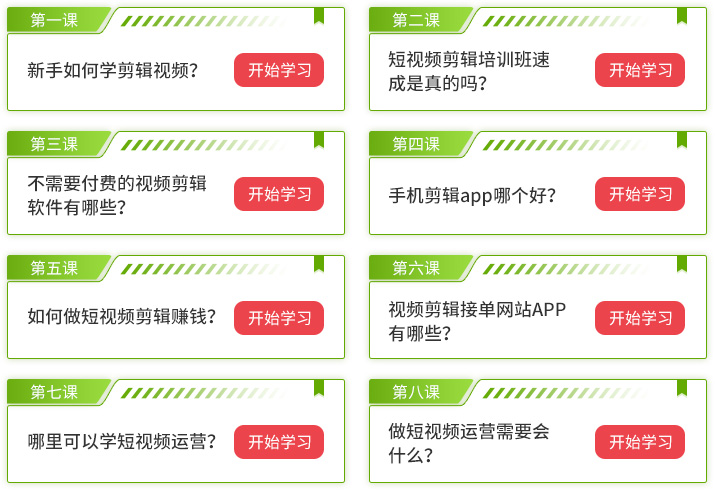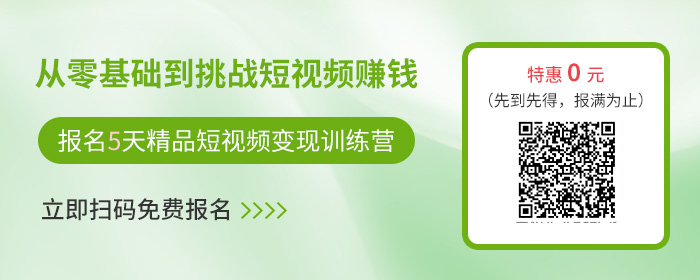在Python中,字符串是一种常见的数据类型。字符串是由字符组成的序列,可以使用下标(索引)访问单个字符。每个字符都有一个对应的下标,从0开始递增。在访问字符串中最后一个元素时,可以使用-1作为索引。本文将从多个角度分析Python字符串最后一个元素的下标。
1. 索引和切片操作
Python中的字符串可以使用索引和切片操作,以访问单个字符或子字符串。可以使用[]运算符访问单个字符,例如:
```
s = 'hello'
print(s[0]) # 'h'
print(s[-1]) # 'o'
```
可以使用[start:end]来获取子字符串,其中start和end是起始和结束索引。例如:
```
s = 'hello'
print(s[1:3]) # 'el'
```
如果start或end省略,则默认为字符串的开头或结尾,例如:
```
s = 'hello'
print(s[:3]) # 'hel'
print(s[3:]) # 'lo'
```
可以使用步长来选择间隔的字符,例如:
```
s = 'hello'
print(s[::2]) # 'hlo'
```
2. 字符串长度
Python中的字符串长度可以使用len()函数来获取。例如:
```
s = 'hello'
print(len(s)) # 5
```
可以使用len()函数来计算字符串中最后一个元素的下标,例如:
```
s = 'hello'
print(len(s) - 1) # 4
print(s[len(s) - 1]) # 'o'
```
3. 字符串方法
Python中的字符串还有许多有用的方法,可以用于操作字符串。例如,可以使用endswith()方法来检查字符串是否以指定的后缀结尾。例如:
```
s = 'hello'
print(s.endswith('o')) # True
print(s.endswith('l')) # False
```
可以使用count()方法来计算字符串中指定子字符串的出现次数。例如:
```
s = 'hello'
print(s.count('l')) # 2
```
还可以使用find()方法来查找子字符串的第一个出现位置,例如:
```
s = 'hello'
print(s.find('l')) # 2
```
如果查找不到子字符串,则返回-1。可以使用rfind()方法来查找子字符串的最后一个出现位置,例如:
```
s = 'hello'
print(s.rfind('l')) # 3
```
4. 字符串拼接
Python中的字符串可以使用+运算符进行拼接。例如:
```
s1 = 'hello'
s2 = 'world'
s3 = s1 + ' ' + s2
print(s3) # 'hello world'
```
可以使用join()方法来连接字符串列表。例如:
```
words = ['hello', 'world']
s = ' '.join(words)
print(s) # 'hello world'
```
5. 字符串格式化
Python中的字符串可以使用format()方法进行格式化。可以使用{}作为占位符,例如:
```
name = 'Alice'
age = 25
s = 'My name is {} and I am {} years old.'.format(name, age)
print(s) # 'My name is Alice and I am 25 years old.'
```
还可以使用f-string来进行格式化,例如:
```
name = 'Alice'
age = 25
s = f'My name is {name} and I am {age} years old.'
print(s) # 'My name is Alice and I am 25 years old.'
```
6. 总结
本文从多个角度介绍了Python字符串最后一个元素的下标。我们学习了索引和切片操作、字符串长度、字符串方法、字符串拼接和字符串格式化。在Python中,字符串是一种非常有用的数据类型,可以用于处理文本数据和字符串操作。

